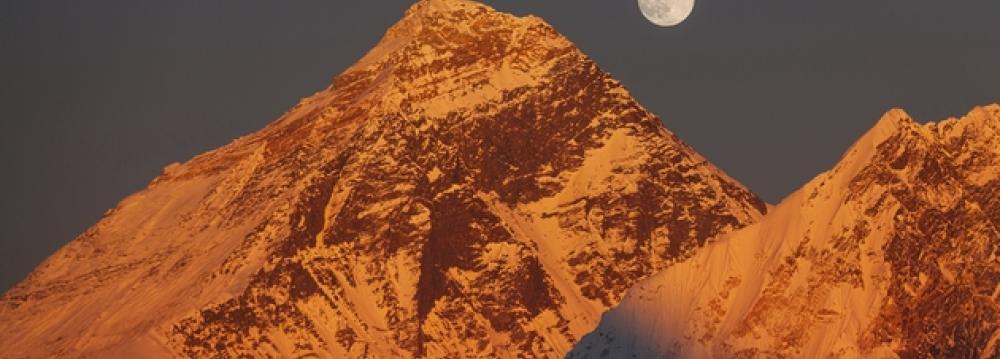The devastatingly powerful 7.8 magnitude earthquake that struck Nepal on Saturday has so far taken the lives of more 3,700 people, while injuring over 6000. Both figures continue to rise amid rescue efforts and the seemingly endless aftershocks.
In the midst of so much destruction, the most severe earthquake to hit Nepal in nearly a century leveled many of the country’s historical sites, with the country’s capital Kathmandu taking the brunt. Four of sites are UNESCO World Heritage Sites.
According to UNESCO, the architecture which was developed over the past two millennia “boasts of one of the most highly developed craftsmanship of brick, stone, timber and bronze in the world.”
UNESCO has pledged to spare no effort in helping to rebuild the sites. That, however, will have to wait as the efforts in the country are focused on saving as many people as possible – some of whom are still trapped under the rubble.
Bhaktapur
The ancient city of Bhaktapur, which is a UNESCO site, was badly damaged in the aftermath of the earthquake, according to Think Progress.
While the full extent of the destruction in Bhaktapur is not yet fully known, many buildings collapsed. The city centre was filled with rubble, and bodies were seen among the debris.
Bhaktapur had the best preserved palace courtyards and old city center in Nepal, and was listed as a World Heritage Site by UNESCO for its rich culture, temples, and wood, metal and stone artworks.
Durbar Square
Kathmandu Durbar Square is one of three Durbar Squares in Kathmandu Valley, all of which are World Heritage Sites.
Surrounded by magnificent architecture of the Newar artists prior to the earthquake, the Durbar Square held the palaces of Malla and Shah Dynasties who ruled over the city.
The Durbar Square was one of the most popular tourist hotspots in Kathmandu.
Dharahara Tower
Amongst the most immediately noticeable losses is the toppling of the Dharahara Tower, a nine story, 61-meter-tall tower that offered visitors who braved its spiral staircase a magnificent view of Kathmandu. Built to honor the queen of Nepal in 1832, the Tower had recently been re-opened after renovations, according to Think Progress.
On Saturday, local police said that rescue workers had pulled 180 dead bodies from amidst its broken bits, but that several people remained trapped under the debris.
Dharahara Tower, a UNESCO site, had broken into parts in a similar earthquake that occurred around 83 years ago.
These are but a few structures damaged by the earthquake. A few other monuments, including the Kumari Temple and the Taleju Bhawani, among others, have partially collapsed.
Given the magnitude of the destruction, rebuilding the historical sites – especially the older ones - will be no easy task as the country is facing a horrific loss of life as well as significant damage to more basic infrastructure.
Prushottam Lochan Shrestha, a historian, said these monuments could be lost forever, as rebuilding them is technically difficult and expensive.
“We have lost most of the monuments that had been designated as World Heritage Sites in Kathmandu, Bhaktapur and Lalitpur,” said Shrestha, as quoted by eKantipur online news outlet. “They cannot be restored to their original states.”


